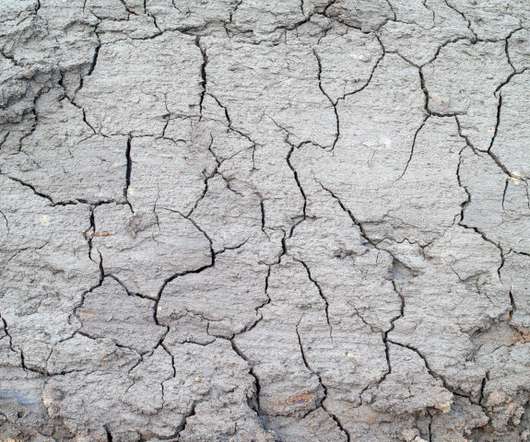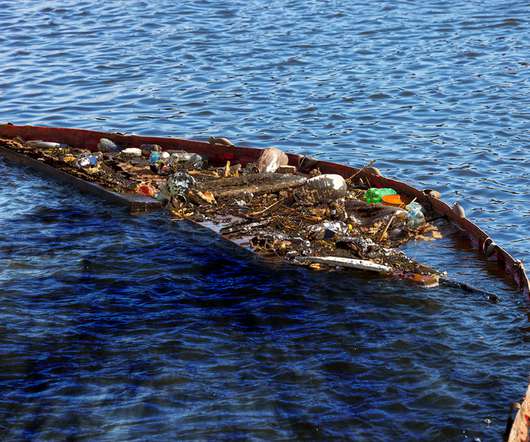How is Ocean Warming Impacting the Shipping Industry?
Ocean Conservancy
SEPTEMBER 8, 2023
Recent science doesn’t support this optimism, as new studies show that the increased release of Black Carbon, one of the most potent climate change forcers—as well as soot, carbon dioxide, methane and ozone from more traffic in the Arctic—could lead to a 20% increase in the global heating that is causing warmer ocean temperatures.











Let's personalize your content